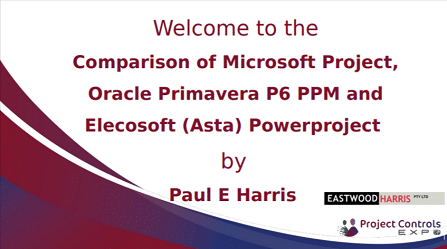The characteristics of that system are almost always the leading drivers of schedule and cost overruns. The strengths or weaknesses of the project delivery system also largely determine whether risk events that occur in the project are magnified or attenuated.
Fortunately, Systemic Risk can be assessed and quantified using Parametric equations based on industry research, enabling realistic forecasts for cost and schedule contingencies due to systemic risk to be produced, based on past project performances. This process is described in detail in the 2016 book by John K Hollmann “Project Risk Quantification”, including the applicability of the methodology to transport Infrastructure projects.
This presentation will cover the relevance of several proven methodologies:
Critical Path Method-based Integrated Cost & Schedule Risk Analysis (CPM based ICSRA) using Risk Factors to optimize schedule risk and thus time-dependent costs
Parametric plus Expected Value (P+EV) hybrid methodology
NASA’s Joint Confidence Levels (JCL70) which has improved the accuracy of NASA’s cost and schedule contingency forecasts immensely and the quality of their project management
Parametric plus CPM-based ICSRA, to enable schedule risk to be optimized and include past project performance, for realistic optimal forecasting of cost and schedule contingencies.







